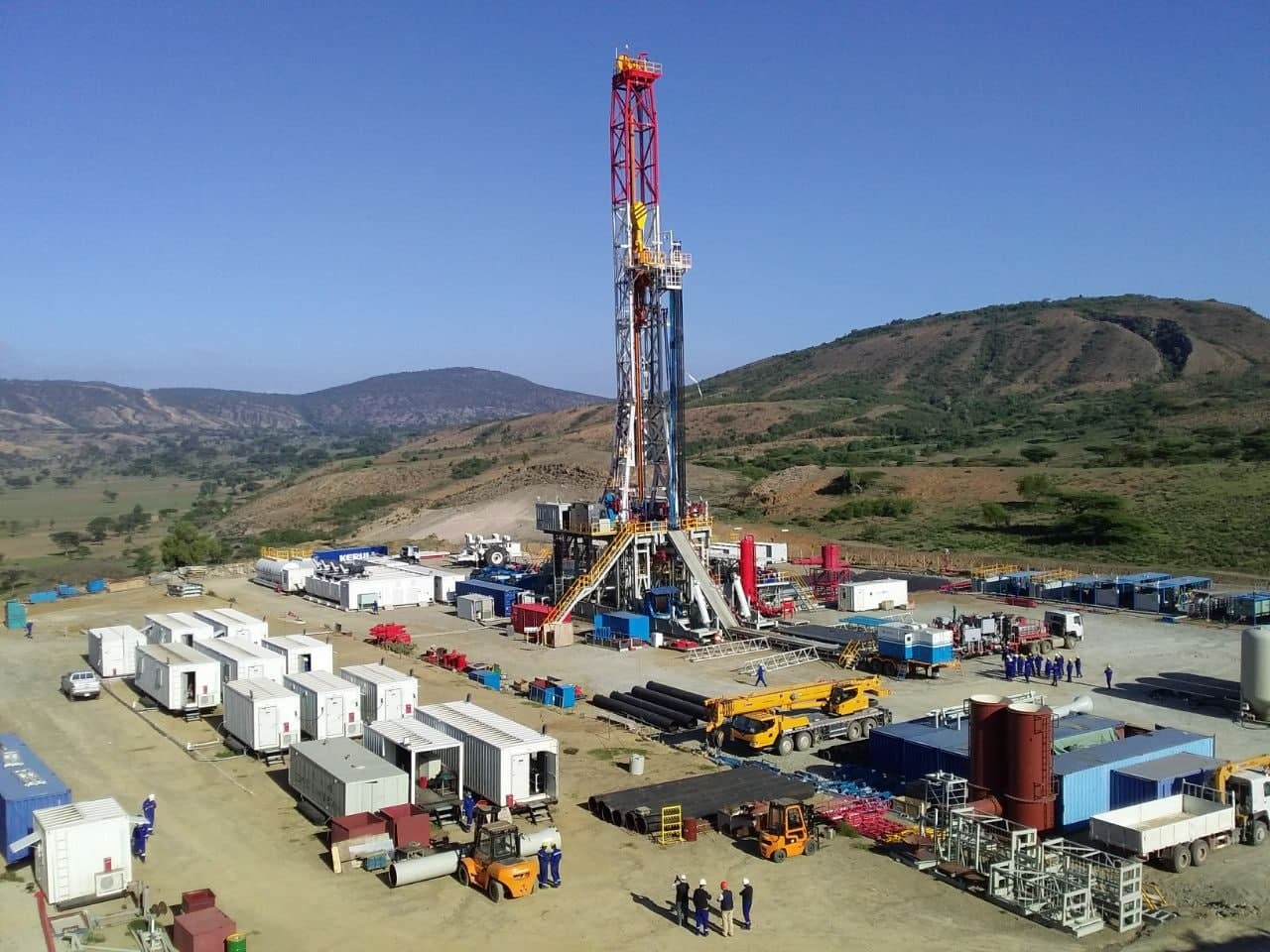PROCESS AUTOMATION
Axcel can automate a wide range of tasks in drilling operations, particularly those that involve data processing, monitoring, and routine decision-making. Here are some key tasks that Axcel can automate:
1. Real-Time Monitoring and Alerts
- Sensor Data Monitoring: Axcel can continuously monitor data from sensors placed on the drilling rig, including pressure, temperature, mud weight, and drill bit performance.
- Automatic Alerts: It can automatically generate alerts if any parameters deviate from safe or optimal ranges, allowing for immediate corrective actions.
2. Drilling Parameter Adjustments
- Mud Weight Optimization: Based on real-time data, Axcel can adjust the mud weight to maintain wellbore stability and prevent blowouts or wellbore collapse.
- Drill Speed and Torque Management: Axcel can optimize the drill speed and torque based on real-time feedback to maximize efficiency and minimize equipment wear.
3. Predictive Maintenance
- Equipment Health Monitoring: Axcel monitors the health of drilling equipment and predicts when maintenance will be needed, helping to prevent unexpected breakdowns.
- Maintenance Scheduling: It can automate the scheduling of maintenance tasks, ensuring they are performed at optimal times to minimize downtime.
4. Data Integration and Reporting
- Data Collection and Integration: Axcel can automatically collect and integrate data from various sources, including seismic data, well logs, and historical records, into a unified platform.
- Automated Reporting: It can generate detailed reports on drilling progress, equipment status, and operational performance, reducing the time engineers spend on documentation.
5. Drilling Path Optimization
- Trajectory Planning: Axcel can automate the planning of the wellbore trajectory, selecting the optimal path to reach the target reservoir while avoiding hazards like faults or unstable formations.
- Continuous Path Adjustment: During drilling, Axcel can make real-time adjustments to the drilling path based on sensor feedback and geological data.
6. Risk Assessment and Mitigation
- Risk Prediction: Axcel can automate the process of identifying potential risks, such as wellbore instability, pressure anomalies, or equipment failure, and suggest mitigation strategies.
- Scenario Analysis: It can run multiple scenarios to assess the impact of different drilling decisions and recommend the safest and most cost-effective options.
7. Compliance and Regulatory Monitoring
- Regulatory Compliance Checks: Axcel can continuously monitor drilling operations to ensure they comply with local, state, and federal regulations, automatically flagging any potential violations.
- Environmental Impact Monitoring: It can automate the tracking of environmental parameters, such as emissions or groundwater contamination, to ensure compliance with environmental standards.
8. Cost and Resource Optimization
- Resource Allocation: Axcel can automate the allocation of resources, such as personnel and equipment, ensuring they are used efficiently based on the current operational needs.
- Cost Tracking: It can automatically track and analyze costs associated with drilling operations, identifying areas where savings can be achieved.
9. Decision Support
- Data-Driven Recommendations: Axcel can provide automated recommendations for drilling operations based on data analysis and predictive modeling, supporting engineers in making informed decisions.
- Emergency Response: In critical situations, Axcel can automate parts of the emergency response process, such as shutting down equipment or adjusting parameters to mitigate risks.
10. Inventory Management
- Supply Chain Automation: Axcel can automate the tracking of inventory levels for drilling supplies and equipment, ensuring that necessary items are available when needed and reducing the risk of delays due to supply shortages.
- Automatic Reordering: It can trigger automatic reordering of supplies when inventory falls below a certain threshold.
Applications
Industry Use Cases:
"Offshore Drilling: Optimizing safety and efficiency in complex offshore environments."
"Onshore Operations: Enhancing decision-making and operational planning with predictive analytics."
"Emergency Response: Providing real-time data and risk assessments for rapid response and mitigation."

